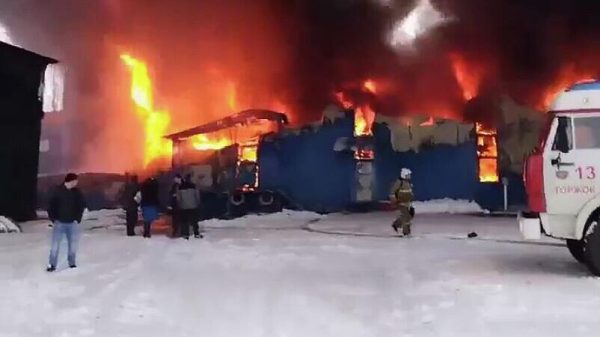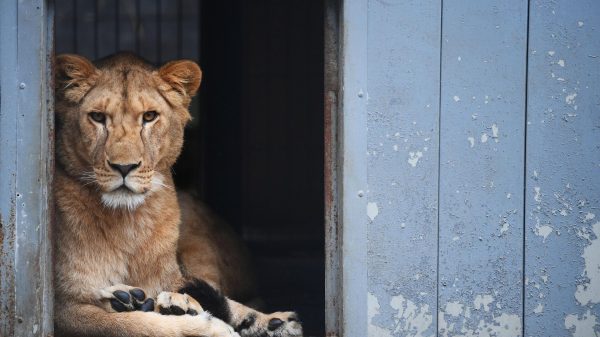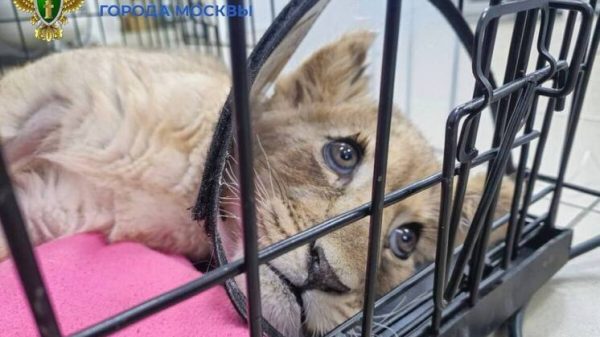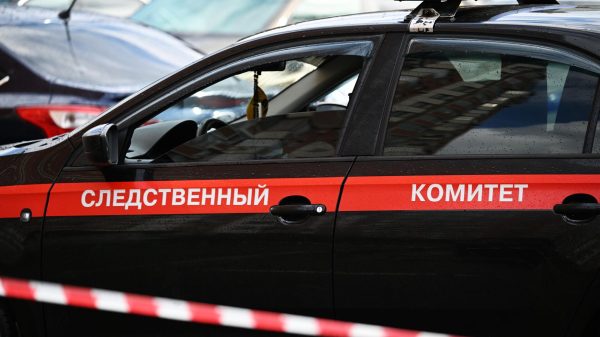Tough coronavirus restrictions are expected to be in place across much of the UK until at least February, experts have said, as they warned of a “harsh” two to three months ahead.
More than 35,300 positive cases were recorded on Thursday – including a backlog of 11,000 from Wales — with infection rates increasing in many parts of the country, while rising Covid hospital numbers stand at more than 18,000. In the first wave the peak for UK hospitalisations was 21,683.
So far 138,000 people out of 25 million people in nine priority groups have received their first dose of the Pfizer vaccine.
The temporary relaxation of restrictions at Christmas is expected to fuel the spread of the virus, and scientists say it is likely that tough measures will then be in place until at least February. “The Covid-19 landscape in the UK will only get worse before it gets better and the next two to three months will be harsh,” said Dr Michael Head, a senior research fellow in global health at the University of Southampton.
He noted there were believed to be around 60,000 new coronavirus cases, 1,700 hospital admissions and 600 deaths daily, and Christmas was set to heap further pressures on the health service.
“Therefore, we can expect heavy restrictions to be in place across all, or much of, the UK until February at the very least. More areas are being put into tier 3, which will help to turn the tide, but as we saw with the national lockdown across the spring, these restrictions can take some time to have an effect.”
Hospital bosses believe limits on social contact will have to stay in force for months. Chris Hopson, the chief executive of NHS Providers, which represents NHS trusts in England, said: “No one wants the tiered restrictions to stay in place one day longer than is absolutely necessary. Trust leaders completely understand their impact on peoples’ livelihoods and wellbeing, and the wider economic impact. But until the vaccination programme has brought the virus right back under control, reducing social contact is the best defence we have, and is likely to remain so until well into the spring.”
Prof Rowland Kao, an expert in infectious disease dynamics at the University of Edinburgh, said that for restrictions to be eased, an area’s R number needed to fall below 1, meaning the epidemic is shrinking. Even during lockdown restrictions, R was probably no lower than 0.7, he noted.
Dr Michael Tildesley, of the University of Warwick, who is part of the Scientific Pandemic Influenza Group on Modelling, said the scale of any expected Christmas effect was unknown, with some venues where people mix – such as schools and universities – closed.
But he agreed that tough restrictions were likely to be needed for some time. “Cases are now rising again in most regions, so I would expect that further restrictions will be introduced in the new year and that such measures will be in place until at least February, when hopefully vaccines can start to be rolled out in much larger quantities.”
While Tildesley said most of his team’s analysis was focused on the situation in England, he added: “I would expect that the situation will be similar across the UK.”
Head said while the next few months might look bleak, the situation could brighten after Easter. “The improving weather will, for example, mean more people meet outdoors, the vaccine programme will continue to be rolled out with probably more vaccine candidates licensed and available by then,” he said.




















































Свежие комментарии